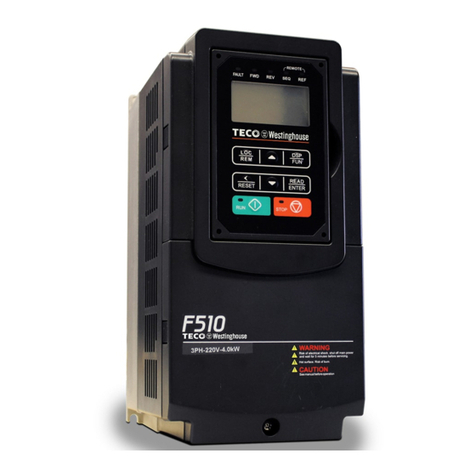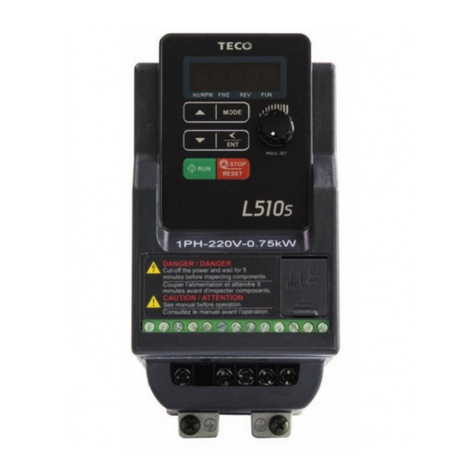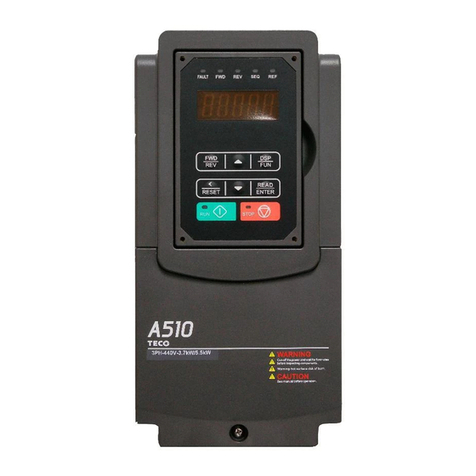TECO JNTHBCBA0001BEAU User manual
Other TECO Inverter manuals
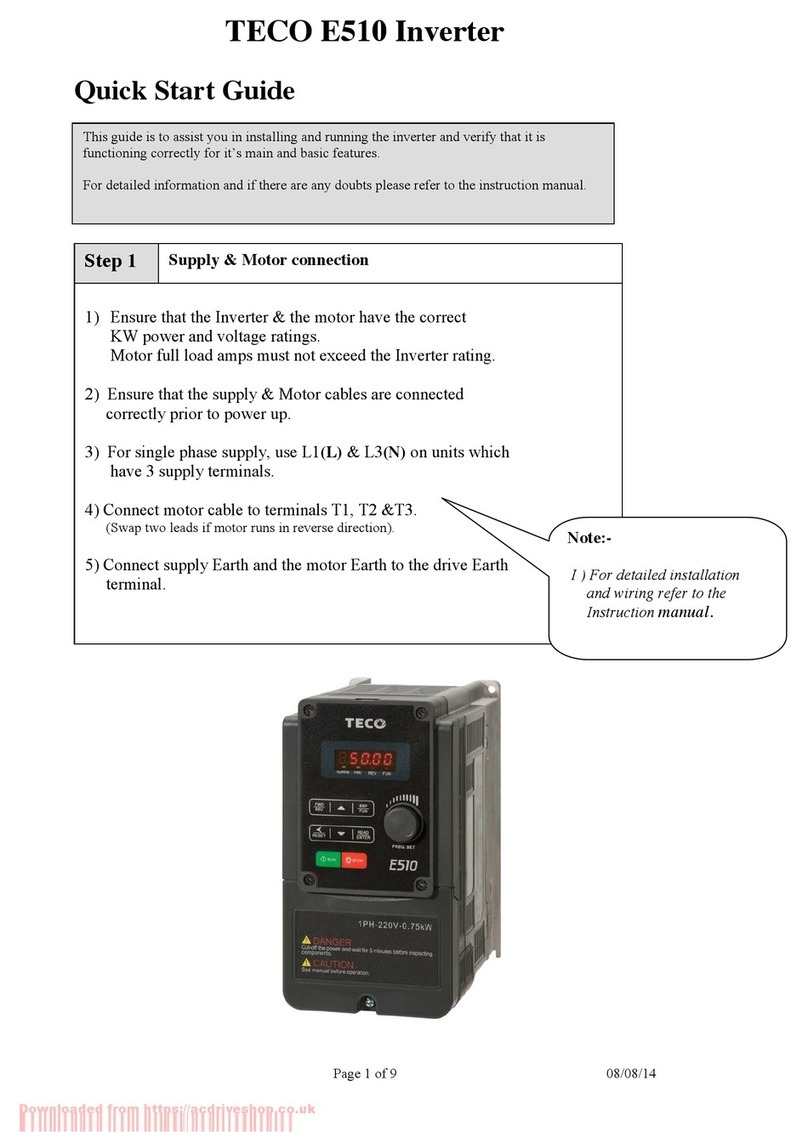
TECO
TECO e510 series User manual

TECO
TECO L510-1P2-H1-N User manual
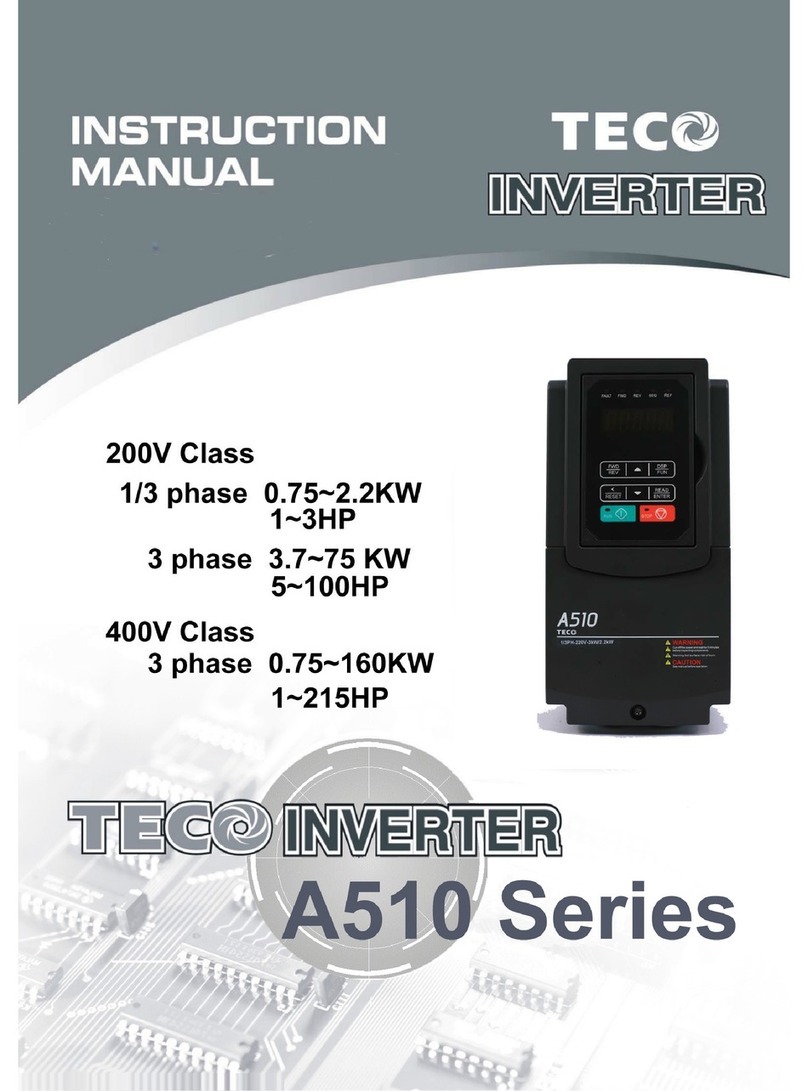
TECO
TECO A510-2001-H User manual
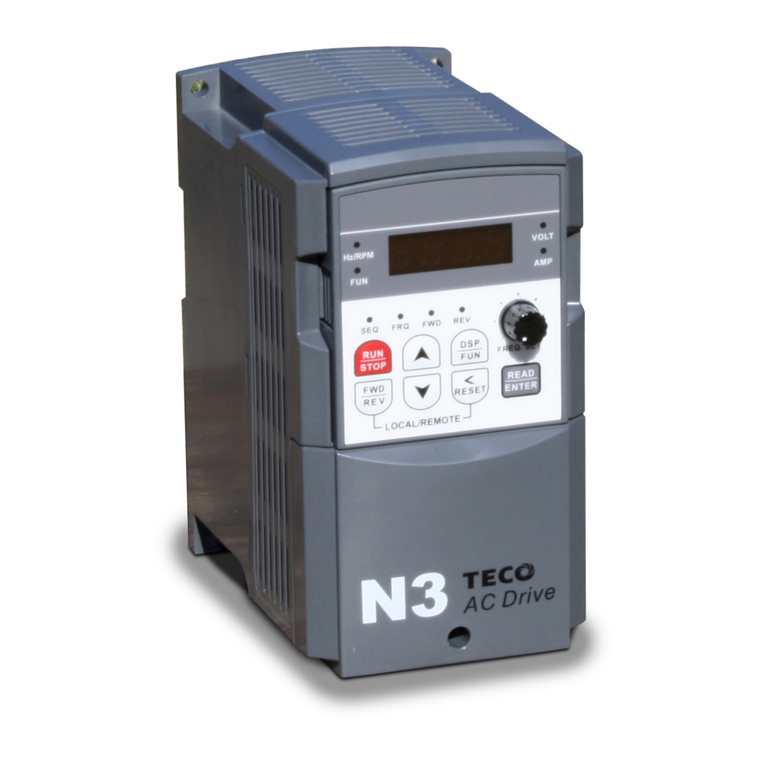
TECO
TECO N3 Series User manual
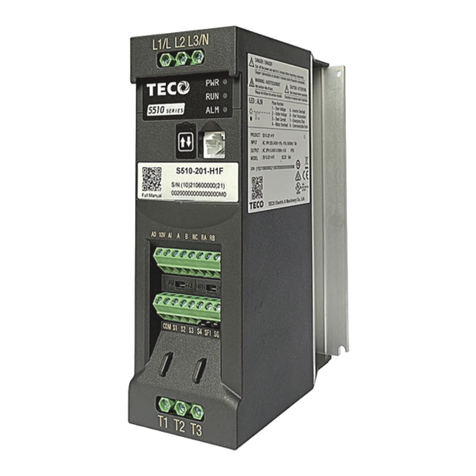
TECO
TECO S510 Series User manual

TECO
TECO N3 Series User manual
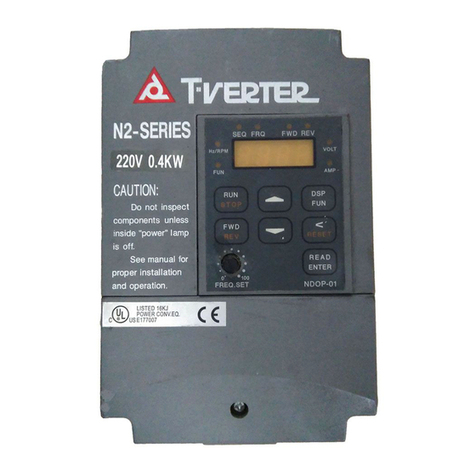
TECO
TECO T-verter N2 Series User manual
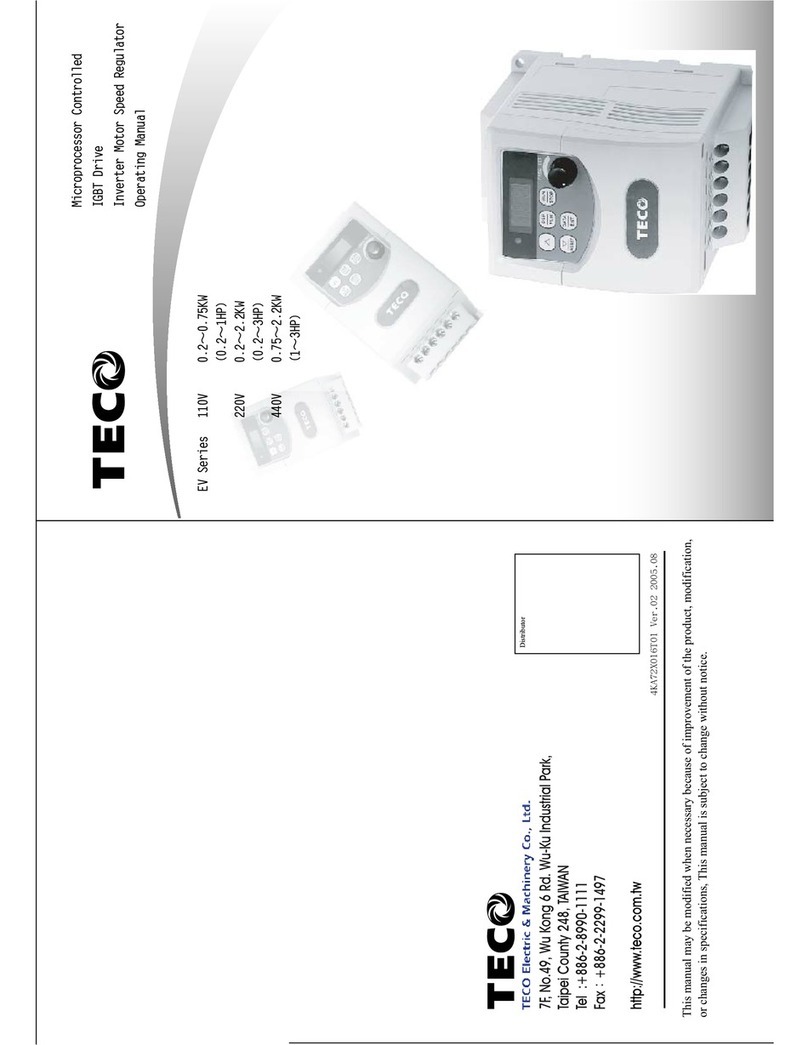
TECO
TECO 7300EV User manual

TECO
TECO E710 Series User manual
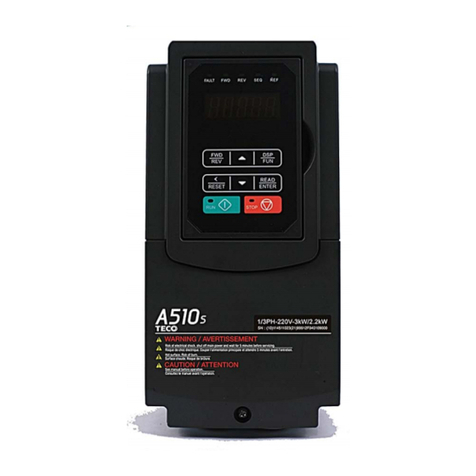
TECO
TECO A510s Manual
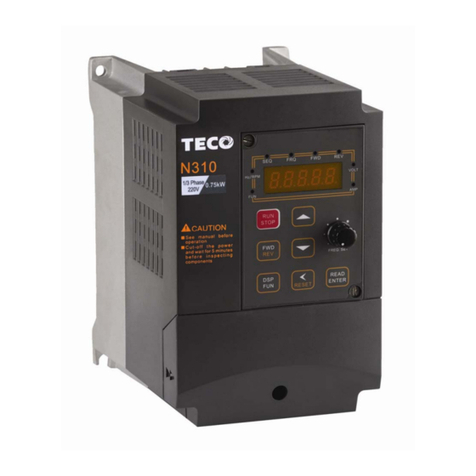
TECO
TECO N310 Series User manual
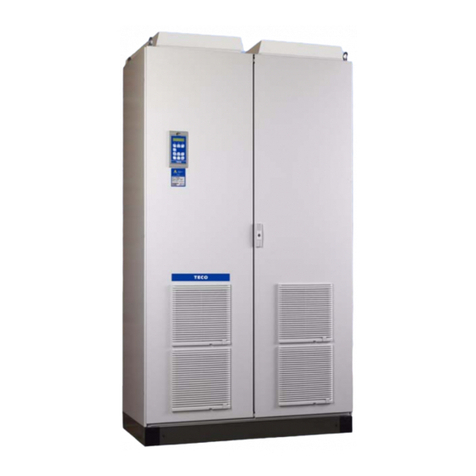
TECO
TECO F33 Series User manual
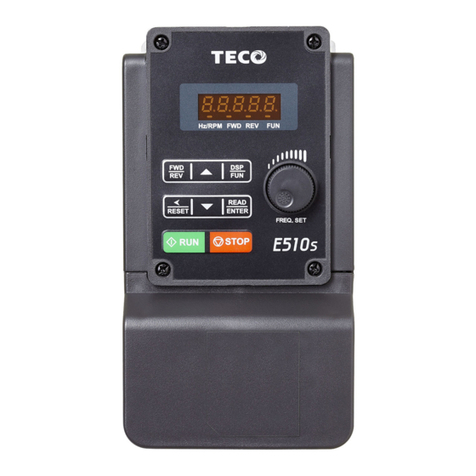
TECO
TECO E510s Series Operator's manual
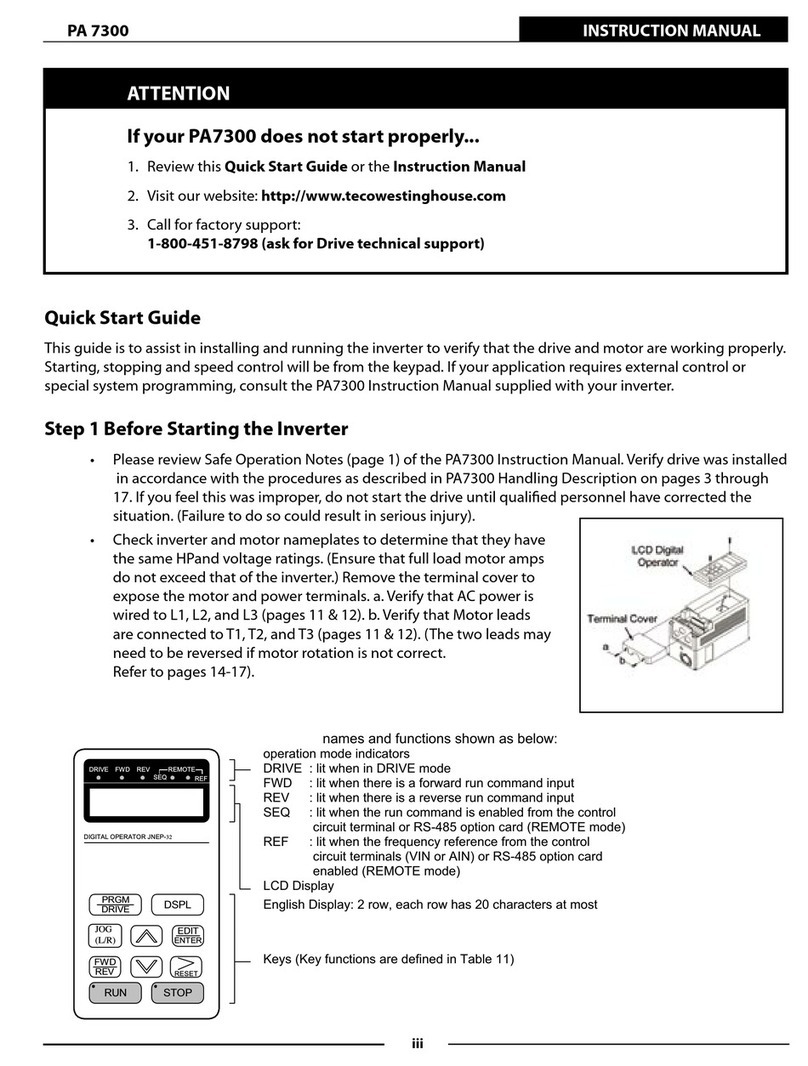
TECO
TECO PA7300 User manual

TECO
TECO A510s User manual

TECO
TECO L510S Series User manual
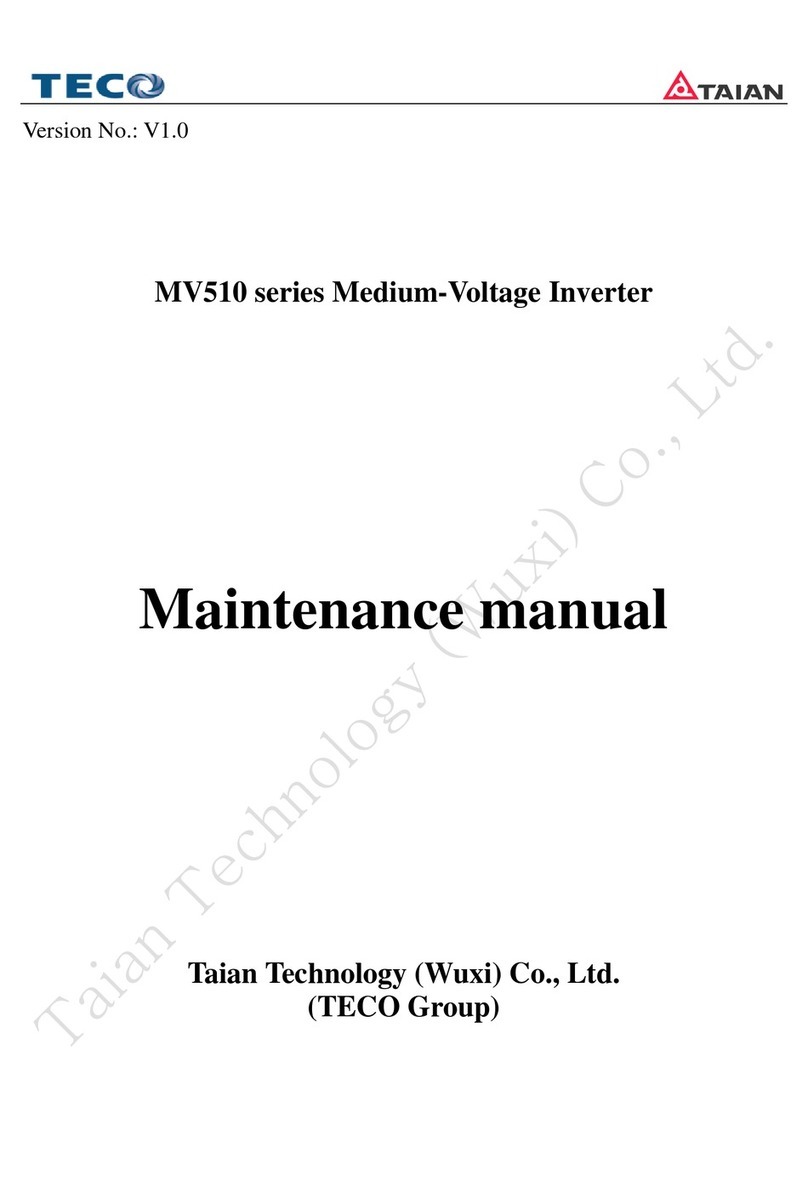
TECO
TECO MV510 Series User manual

TECO
TECO L510 User manual

TECO
TECO L510 User manual

TECO
TECO F510 series User manual
Popular Inverter manuals by other brands

BARRON
BARRON EXITRONIX Tucson Micro Series installation instructions

Baumer
Baumer HUBNER TDP 0,2 Series Mounting and operating instructions

electroil
electroil ITTPD11W-RS-BC Operation and Maintenance Handbook

Silicon Solar
Silicon Solar TPS555-1230 instruction manual

Mission Critical
Mission Critical Xantrex Freedom SW-RVC owner's guide

HP
HP 3312A Operating and service manual
